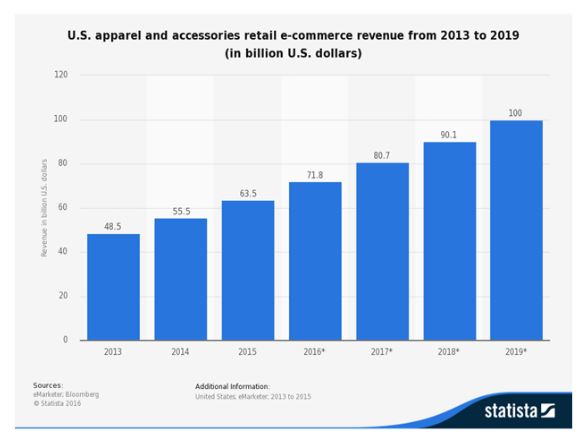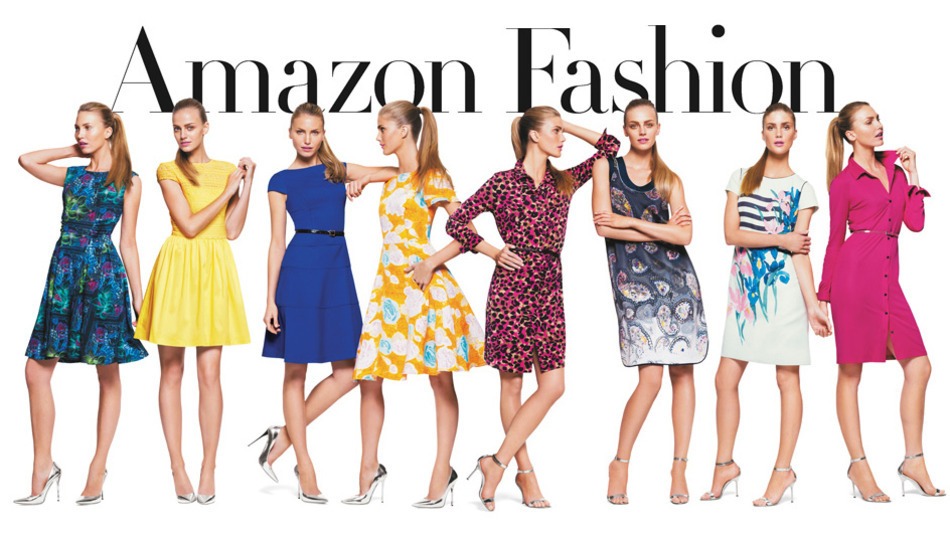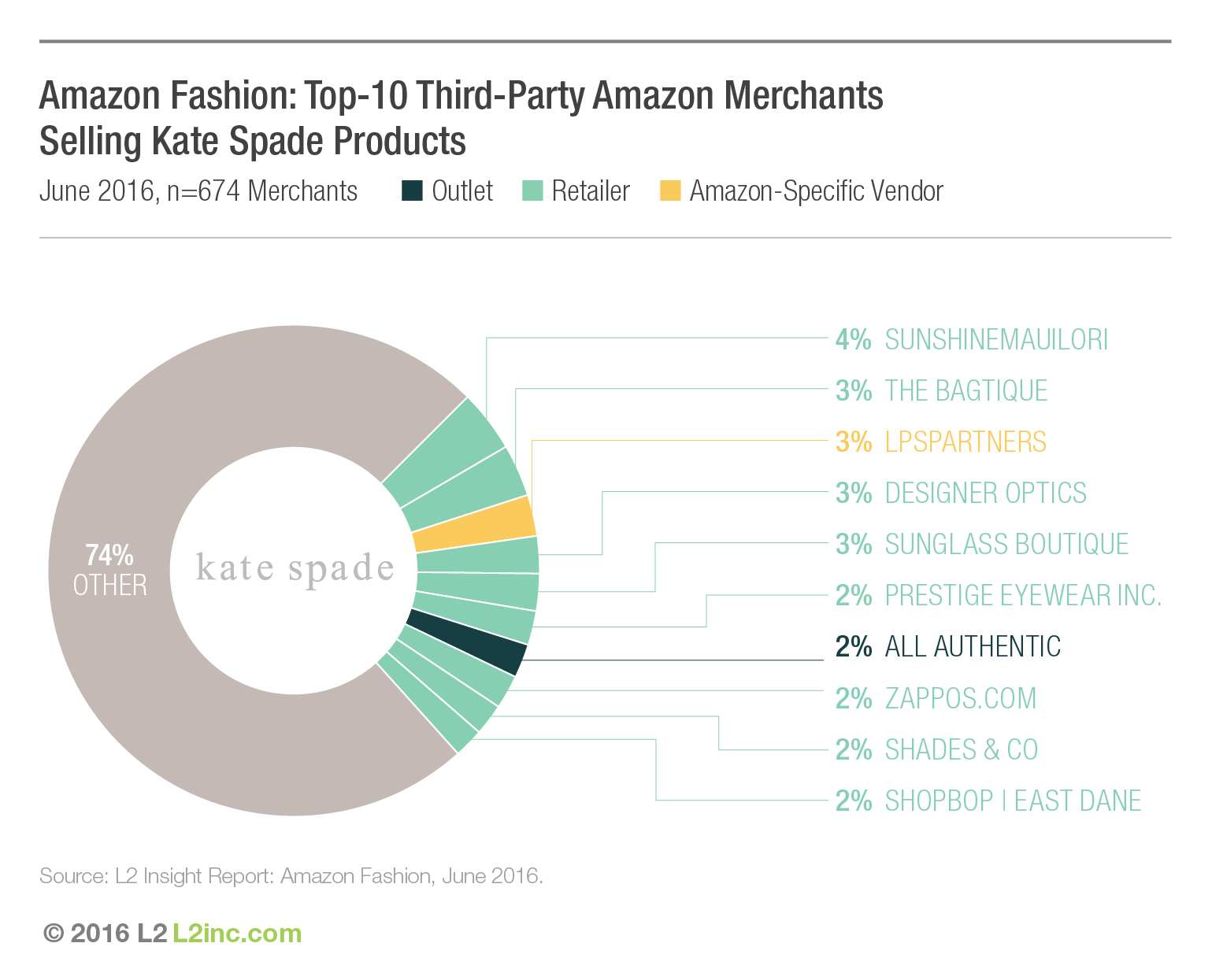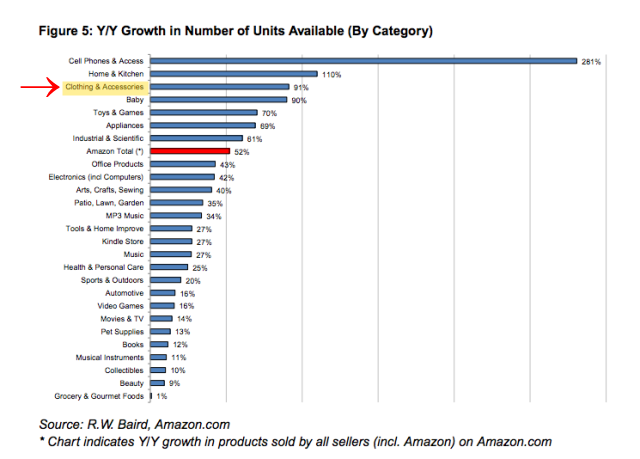According to a report by investment bank Cowen, Amazon is set to overtake Macy's as the largest apparel retailer in the USA in 2017. The same report shows that the number of Amazon apparel purchasers increased by 19% year over year. If you’re the owner of an apparel and clothing brand, you should start asking if Amazon is a suitable channel for your products.
There are several important facts to consider, from the booming of online apparel shopping, to the concerning data showing that brick and mortar retail stores are actually buying less inventory than ever before. And in this context, Amazon is thriving and investing more and more in consolidating its ranking as a go-to online shopping destination for apparel and clothing. Your brand could be reaping the benefits too.

Online Apparel Shopping Is on the Rise
Numbers show that traditional department store retailers, historically a primary distribution channel for apparel brands, are declining and being replaced by online purchasing. According to Morgan Stanley, internet retailers (led by Amazon) have added $27.8 billion to their apparel revenue since 2005, while department stores have lost $29.6 billion. Morgan Stanley expects total department store revenue declines to accelerate from a rate of -6.5% annually to a rate of -8.5% annually through 2020.
 Source: Nielsen.com
Source: Nielsen.com
Nielsen projects online sales will register a growth of 12.2% between 2015 and 2020, based on data that shows almost half of U.S. shoppers (41%) have made an online apparel purchase within the last six months, out of which 12% shopped using a mobile device. In this context, Amazon is becoming more and more appealing for apparel and clothing brands looking to boost their revenue from ecommerce.
Specifically in the apparel category, Amazon is predicted to overtake Macy's as the top apparel retailer in 2017 (report by Cowen). Currently Amazon already ranks as the second-largest apparel retailer, owning 7% of the market. A consumer survey by Morgan Stanley reveals a whopping 20% of US consumers frequently buying clothes on Amazon, with top purchase categories being for casual tops at 69%, shoes at 49%, and and bottoms with 44%.

A Missed Opportunity
So far, apparel brands haven’t been fast adopters of ecommerce, with the exception of big brands, based on the assumption that people won’t buy clothes online, since they can’t actually try them on. Yet, data has proven this to be wrong and shows that many apparel and clothing brands were caught unprepared for the strong consumer demand. Most brands don’t have their own online shop, nor up-to-date website technology, such as an user-friendly mobile platform that allows consumers to browse or even shop for their favorite products.
CONSIDERATIONS
Based on our experience as Amazon consultants, we have identified a few key aspects you should take into account if you’re thinking about launching your apparel brand in the marketplace.
 Source: Screenshot from Amazon.com
Source: Screenshot from Amazon.com
Each brand is unique. To receive a customized assessment of your apparel brand, we recommend you book a one-on-one meeting
with our consultants.
Watch out for unauthorized Sellers
L2’s Amazon Fashion report shows that of the Amazon SKUs for 29 fashion brands, 81% of them are third-party listings. In cases where a brand’s Amazon presence isn’t properly optimized, the impact of unauthorized sellers could have a negative impact as price competition could lower revenue and even hinge the brand experience. Although a difficult task, cleaning up third-party product listings on Amazon is not impossible. (Read here the 7 ways to protect your brand against unauthorized sellers on Amazon)

Apparel brands are leaving money on the table if they’re
not on Amazon
Amazon WILL become a major apparel destination for fashion shoppers and their investment strategy focuses heavily in this segment. According to a report by R.W. Baird, last year, ahead of the holiday season, there were about 30 million clothing and accessory items available to buyers on Amazon, marking a 91% increase since the 2014 season. Re/Code writes “that’s the equivalent of the total number of items — not just clothing — sold in around 250 Walmart supercenters combined” and “a bigger selection than Amazon’s electronics catalogue”.

It’s not just affordable fashion that’s getting Amazon’s attention
The world of high class and luxury fashion items comes with great revenue potential. Consider the facts for yourself: last year Amazon was among the sponsors of New York Men’s Fashion Week and just earlier this year it launched its very own fashion show, called The Fashion Fund and produced by Condé Nast, the company that has Vogue under its belt. The retailer also started recruiting for its Amazon Fashion Private Label unit and already has Vogue editor Caroline Palmer on the paycheck.
Launching In-House Fashion Labels
Amazon itself launched 7 in-house fashion labels with products in the men, women and children categories. According to Women’s Wear Daily, Amazon reached a total offering of 1,700 items with its own clothing brands. Money.CNN.com notes “most of the clothing is priced below $100” and “don’t give shoppers any clue that they’re Amazon-controlled brands”. With all the data that Amazon has available, they are able to pinpoint exactly what products are performing well and capitalize on the opportunity by creating their own version. Whenever Amazon creates their own private label version of a product, we sit up and take notice.
Be sure to factor a higher return rate
Be sure to factor a higher return rate, as consumers may take advantage of Amazon’s generous return policy. Buyers can “return most new, unopened items sold and fulfilled by Amazon.com, within 30 days of delivery” and receive a full refund, including return shipping costs, if it is proved the return is caused by a company error. This may mean that the return rate on Amazon is higher than the standard in-store or ecommerce purchase.
Building Momentum
It’s easier to build momentum on Amazon than with building your own ecommerce store. Consider the cost of developing your own shop with a functional mobile version, the marketing budget of launching and promoting your own web property and even negotiating shipping fees. Amazon offers considerable “foot traffic”: about 100 million people in the US shop on Amazon at least once a month.
Wholesale relationships vs selling directly through FBA
Consider whether a wholesale relationship with Amazon or selling direct through FBA is going to best suit your needs. Selling direct through Amazon FBA is a program that allows you to your inventory to the retailer’s fulfillment centers, where their team handles order fulfillment as they come in. It is important to understand, that the FBA program makes you eligible for Amazon’s popular “Prime” program. Just note that many consumers almost exclusively buy Prime eligible items, even if they have to pay more for an item. You can read more about selling through Amazon FBA here.
In contrast, the Vendor program is Amazon’s wholesale program, where they place Purchase Orders for your products and pay you on wholesale terms. We’ve covered the pros and cons of FBA versus the Vendor program in past articles. Apparel brands will want to consider issues such as channel conflict, margins, and a higher product return rate than in other categories.
We feel there is tremendous growth potential for fashion brands in the Amazon marketplace, but this comes with a host of unique challenges. If you’re interested in selling your apparel brand on Amazon, we can help you with a tried and tested product launch strategy.
.png)


